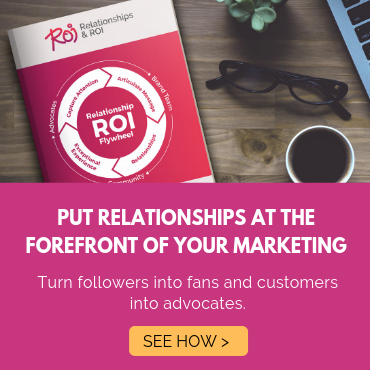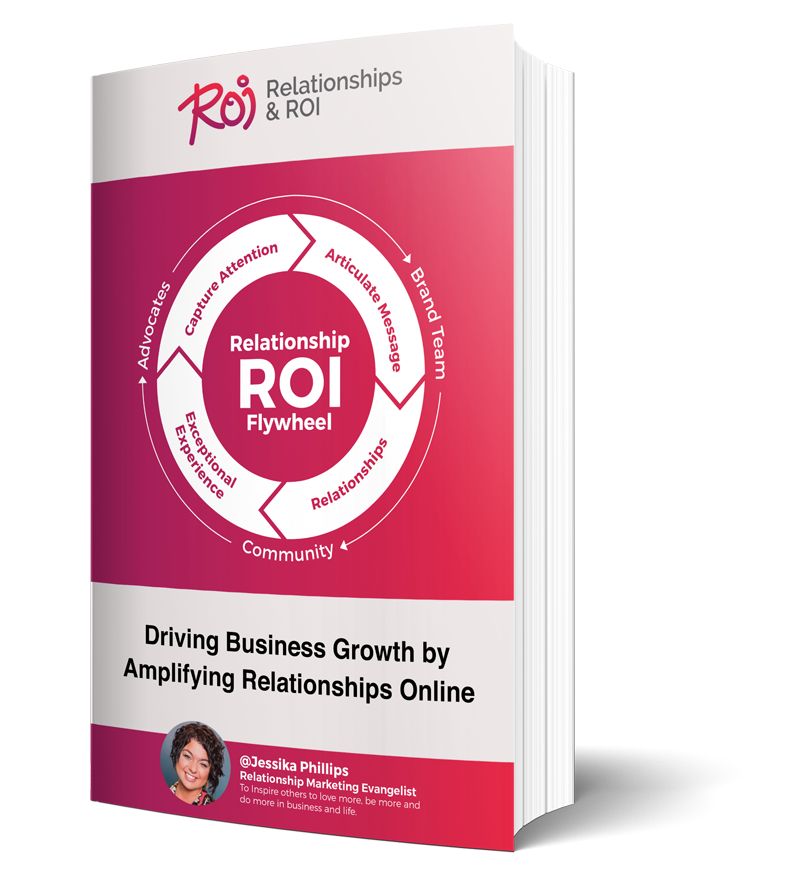Theodore Roosevelt was fond of using the West African proverb, "Speak softly and carry a big stick; you will go far." All these years later, there is still something to be gained in the world of marketing with the "big stick" ideology. There are many ways to get your message out there; being a loud "bullhorn" is not one that is especially effective. Instead, you've got to be magnetic.
What do you mean by bullhorn?
In an article about building business via public speaking, author David Newman notes that being loud does not equate with being heard. He says, "You don't have to use a bullhorn, or have a big voice or big bravado." According to Newman, being compelling, being engaging and, perhaps most importantly, being tailored to the audience is what will get you heard.
This insight can be applied to marketing. Outbound marketing is like using a bullhorn and so is advertising. Spending hundreds of thousands of dollars on magazine ads, commercials or telemarketing is an "old school" method wherein you shout out your message to anyone and everyone within reach of that metaphorical bullhorn.
If you just "spray and pray," not everyone who hears your message will want to engage with you. Thus, you are simply shouting for shouting's sake. This is why a softly spoken whisper can grab attention and do the trick if your message is sent to ears that want to hear it.
Being magnetic
Better than yelling to the multitudes in an outgoing fashion, drawing people in works much better. You need to find the very people who have their ears open for your message and speak to them. This concept of inbound marketing aka being a Magnet Marketer makes you attractive. Instead of searching for customers, you become magnetic and can draw people in.
Inbound marketing may take a little more work, but to be magnetic, you can't just tell people what you have to offer. You have to share what you have to offer specifically for them.
Adding value
Here's an example of how inbound marketing can be magnetic. During the interview process, people who apply for sales positions may be hit with the challenge of selling a paperclip. This exercise helps interviewers understand the mindset of the applicant.
Applicants can go with an "old school" approach of selling the paperclip by resorting to a good pitch. They tell the potential customer about the metal used in the clip, explain the high quality of the construction and how much the paperclip can hold. They may also acknowledge the consistency in manufacturing and how all paperclips from this company deliver the same type of excellent performance. They are just selling what they've got.
In contrast to this method, there's another approach similar to inbound marketing because it adds value. It helps to work backwards: start with research. The applicant should ask questions and understand the potential customer. Once it is clear what the target audience needs, move forward and fulfill that desire. When you add value, you become a magnet. People want you to help them because you are offering help.
It's one thing to entice a potential customer by speaking softly, but you have to do something more. In his book, Permission Marketing: Turning Strangers into Friends and Friends into Customers, marketing expert Seth Godin reminds, "If you don't provide a benefit to the customer for paying attention, your offer will suffer the same fate as every other ad campaign that's vying for their attention. It will be ignored."
Find ways to make yourself stand out among the competition. Become an expert in the field. When you demonstrate ways that you care about your audience and their needs, you are magnetic. Those people you target will start coming to you because you become a valuable resource that they cannot live without.
Relationship building
As magnetic as you may become, you cannot simply rest on that positive trait. Once you pull in a potential customer, you must begin a relationship in order to win them over and keep them for a long time.
Using social media and marketing content such as blogs helps develop the connection and build your brand. Don't be one-sided in the relationship. Engage users, allow for comments and other feedback and respond to them. Doing so will create rapport and build trust. Remember, however, good relationships take time. You need to plant a seed and allow it to grow.
Taking time to create a relationship in a highly competitive market can mean everything to your bottom line. As Ted Rubin, author of Return on Relationship, says, "relationships are the new currency."
The long game
Being magnetic and establishing a relationship with those who are attracted to you is worth the work. According to Harvard Business Review, "Acquiring a new customer is anywhere from 5 to 25 times more expensive than retaining an existing one."
Being a bullhorn may get you that one-time quickie sale, but quickie sales cannot create a strong business base in the way solid return customers can. When you are in it for the long game, you work to keep those customers happy instead of always searching for new ones. Find ways to make yourself a magnet.

.png)


Comments